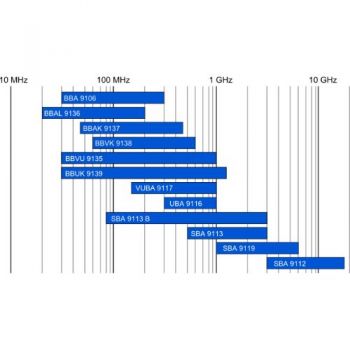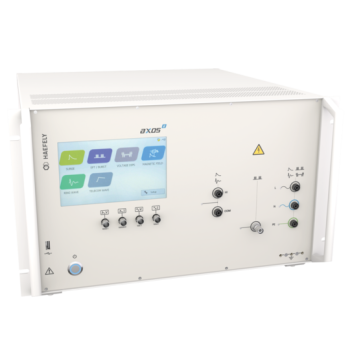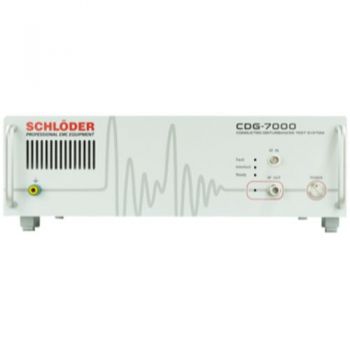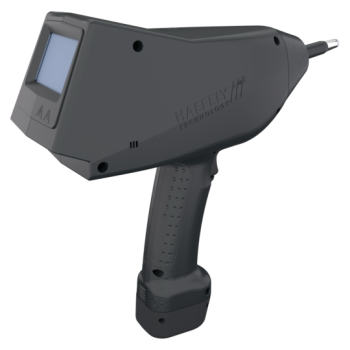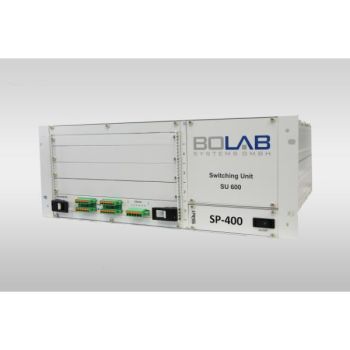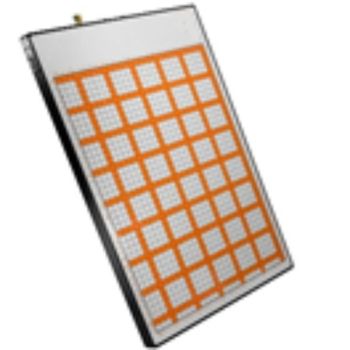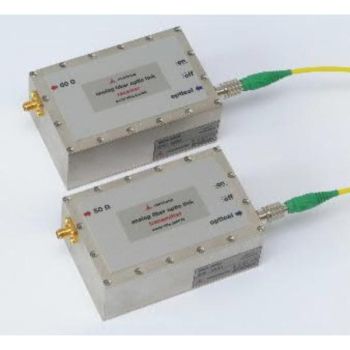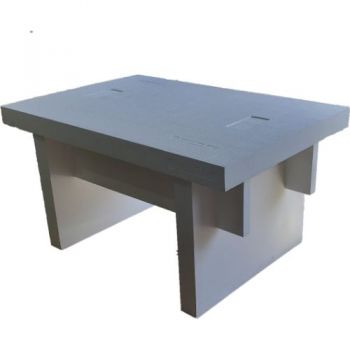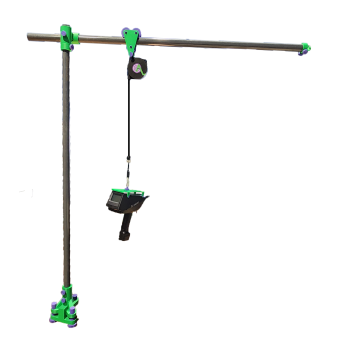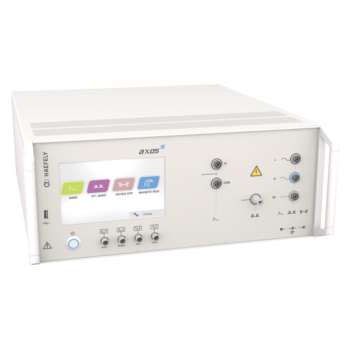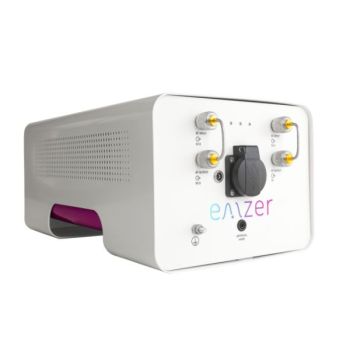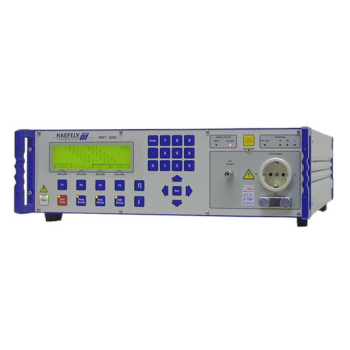Advanced Configurations for Automotive EMC Testing for Transients
Advanced Configurations for Automotive EMC Testing for Transients
Automotive Electromagnetic Compatibility (EMC) testing ensures that vehicle components operate effectively without causing or being affected by electromagnetic interference. Setting up these tests can be daunting due to the large and multifaceted nature of the test equipment required. This article delves into various configurations for transient EMC testing, explores the evolution of test setups, and assesses the adequacy of modern single-rack systems for today's automotive EMC test labs.
Evolution of Automotive EMC Test Setups
Historically, automotive EMC testing configurations have been complex, involving multiple devices and generators dedicated to specific transient immunity tests such as micro pulses, load dump, fast electrical bursts, voltage variation testing, and fast dips. These setups, characterized by their significant space requirements and intricate wiring, were cumbersome and time-consuming. The most time-consuming activity often was the Device Under Test (DUT) setup. A streamlined approach was necessary, leading to the innovation of single rack systems with one output connection, a much-desired solution at the time.
Manufacturers integrated multiple test capabilities into these single-system racks to respond to market demands for more efficient testing processes. These systems featured a user-friendly design and one output connection that not only simplified the testing process but also minimized setup times and reduced the physical footprint. They quickly became a staple in automotive EMC testing, facilitating a variety of tests to be performed quickly and efficiently by test technicians.
Initially, these integrated systems were quite effective as the power supply required for most testing was programmable, and only a handful of tests required additional components. However, as testing requirements expanded and became more complex—especially with the introduction of 48V systems—the need for more sophisticated equipment like amplifiers increased to accommodate a broader range of voltage-type pulses and complex waveforms.
Single Rack System Configuration
A typical single rack system integrates various transient tests, including:
- Electrical Fast Transient Burst (EFT): Simulating high-frequency disturbances caused by switching operations in the vehicle, characterized by fast pulses in the nano-second range with short bursts reaching 1-2kV.
- Micro Pulse (MP): A transient pulse with a rise time of a microsecond, ranging in hundreds of volts to ~1kV, generated from a capacitor discharge network. This test addresses immunity levels to issues potentially caused by switching, electric motors, ignition systems, or external radio interference.
- Load Dump (LD): A transient pulse with high energy and longer duration, also generated from a capacitor discharge network. This test simulates the scenario when a lead on the vehicle battery terminal is disconnected, causing the alternator that is charging the battery to lose its load and the energy to reverberate through the electrical system.
- Coupling Decoupling Network (CDN): This device couples the above transient pulses to the Device Under Test (DUT) main battery lines or IO lines, appropriately sized for the DUT voltage and current levels.
- Fast Dropouts: Requires an electronic switch to produce a very rapid power cut in the nano-second time frame, mimicking a sudden shortage in the system. This fast switching is crucial for DUT’s main and low-power IO lines.
- DC Power Supply or Battery: Provides the steady-state voltage necessary for testing the above transients.
- 4-Quadrant Amplifier: This fast-response amplifier is essential for conducting voltage variation tests that mimic various functions within the automotive system, such as engine cranking pulses, overvoltage, and ground ripple.

Figure 1: Single “Rack” Configuration for 100 amps, Figure 2: Single System Rack Configuration for 200 amps
Pros and Cons of Single Rack Systems
Pros:
- - Simplicity and Efficiency: They allow technicians to conduct multiple tests without extensive reconfiguration, ideal for high-throughput environments.
- - Space Optimization: Consolidating equipment into one rack saves considerable space in testing labs.
- - Cost-Effectiveness: Reduces the need for multiple test systems, lowering capital and operational costs.
Cons:
- - Limited Flexibility: As the specificity of testing requirements increases, single rack systems may not offer the necessary flexibility to perform all tests effectively. For instance, fast dropout testing requires short connections to the electronic switch to maintain timing tolerances, which is hindered by unnecessary CDN inclusion.
- - Resource Underutilization: If multiple products are tested frequently, the single-system approach leads to inefficient use of the EMC test equipment, as the system cannot be split during different test phases. This dries out test times and increases costs.
A Case for a Two-Rack Solution
In light of the limitations presented by single-rack systems, particularly for labs that require higher throughput and more specialized testing configurations, a two-rack solution is proposed:
- CDN Requirement Rack: This rack would handle tests requiring a CDN with only a steady state voltage, suitable for EFT, MP, & LD tests. By isolating these tests, we can streamline the process and enhance the efficiency of these specific setups.
- Amplifier and Fast Switching Requirement Rack: A separate rack dedicated to tests that necessitate direct connections and rapid responses, such as fast dropouts and voltage variation tests. This configuration would eliminate the need for a CDN, allowing for quicker setup times and improved test accuracy.
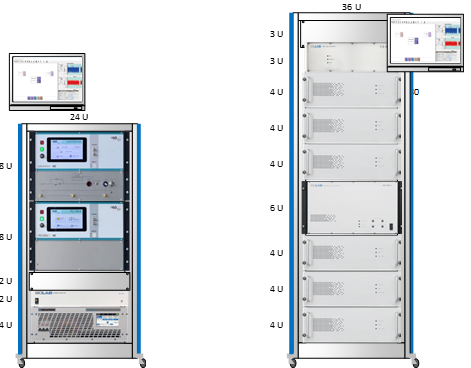
Figure 3: CDN Rack 200 amps, Figure 4: Amplifier & Switch Rack 200 amps
Conclusion
Single rack systems have significantly simplified operations in automotive EMC testing by reducing setup times and consolidating equipment. However, as automotive technology evolves and testing standards intensify, the suitability of these systems to meet all testing needs must be reassessed. A two-rack solution not only addresses the need for specialized setups but also maximizes resource utilization, enhancing both productivity and cost-effectiveness. Automotive test labs should consider this flexible approach to adapt to the dynamic landscape of automotive EMC requirements, ensuring they meet current and future testing demands efficiently.


